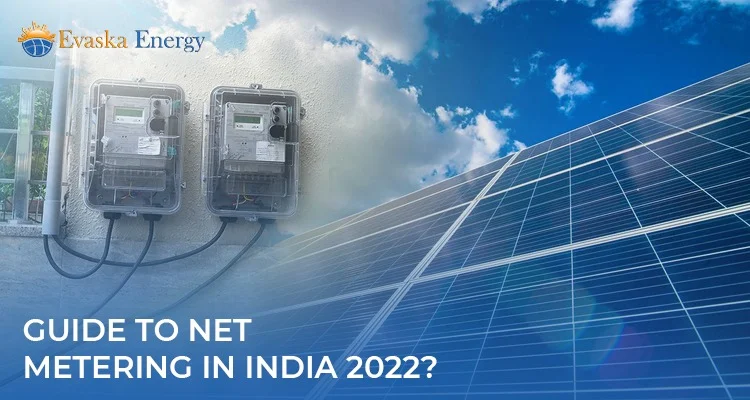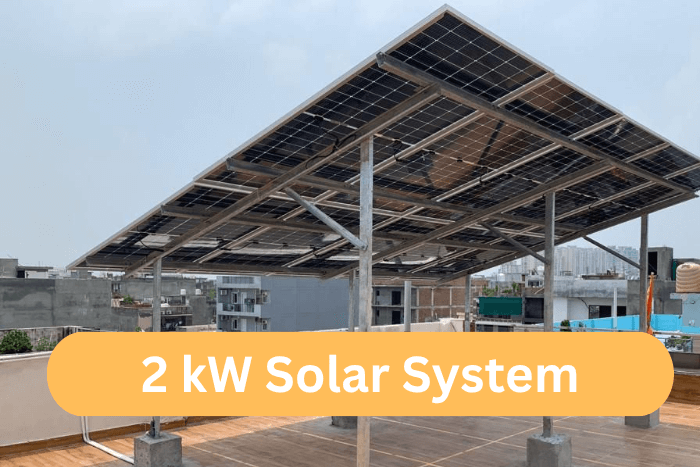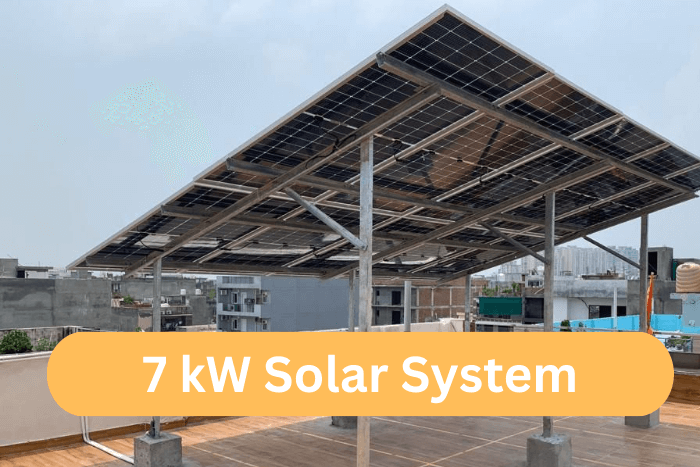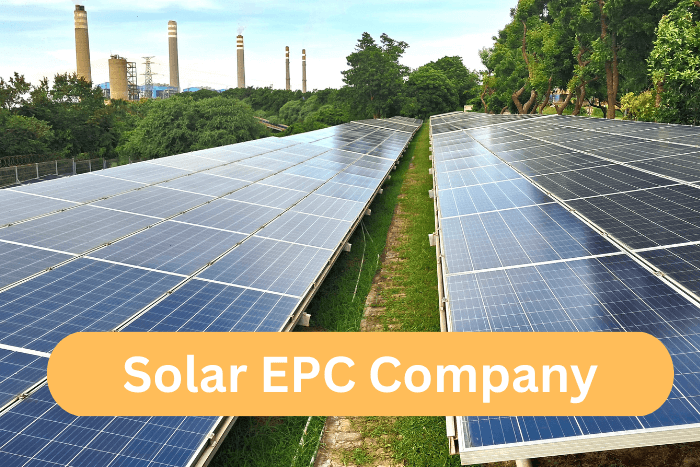Complete Guide to Net Energy Metering in India
The net metering mechanism works where the customer sends the energy to the grid directly when there is no requirement at the house or factory. The electricity sent to the grid can be carried forward by the customer and used later at the time of need. The technology allows users to pay the net amount after calculating the intake and outflow of electricity.
E.g., A house decides to install a 10 KW solar power plant which generates approximately 1250 units in a month, and the requirement in the house in month 1 is just 1000 units. The excess 250 units are sent to the grid directly, which will be stored in the consumer’s record. For instance, in month 2, the house requires 1500 units to run all its appliances like the air conditioners, televisions, fridges and lights. Still, solar is limited to producing only 1250 units, so the remaining 250 units are stored in the consumer’s record will be used, and the user will pay no electricity bill. It works as a passbook saving system where your units will be stored for you once sent to the grid and can be used when required in the coming months. This type of functioning is more overly called net metering or net feed-in policy.
10 kW solar power plant usually takes approximately 800 to 1000 sq. ft area and generates about 15,000 units per year. It is mainly installed in houses, farmhouses, commercial buildings and offices, paying high electricity bills. Any user who wishes to install the solar plant gets a payback period of fewer than five years which sounds attractive to many house owners. Solar panel setup for home can be quickly done under the net metering policy and benefit the user.
The net metering or feed-in policy is famous across India, where maximum states support this. Some states in India, like Tamil Nadu and Uttar Pradesh, were still not promoting a solar net metering policy for solar power plants.
A solar power plant usually generates 1500 units per year per kW. In most cases, there is excess energy being produced than the requirement at the premises. In such cases, the units generated are sent to the grid directly, and when there is a requirement for more power than the production from a solar plant, it is taken from the grid.
Advantages of Net Energy Metering in India?
- Affordable and low maintenance: It is comparatively cheaper than off-grid solar systems (battery backup systems). The only care that on-grid solar plants require is cleaning solar panels regularly.
- There is no need for batteries and backup storage: ON Grid solar plants don’t require batteries to store their excess energy. The extra power is sent to the grid through net metering and can be used when needed by the user later.
- Financial benefits: With net metering benefits in ON grid solar plants, you send the electricity generated from the solar plant to the grid. Later on, use the electricity from the grid when needed. The user will only pay for the net units (exported units – imported units)
Who can all benefit from net metering?
- Houses / Villas
- Factories / Industries
- Hospitals
- Schools
- Farmhouses
- Offices
- Cold Storages
- Housing societies / Apartments
- Hotels / PG
Documents required for net metering approvals?
- Property paper
- Electricity bill copy
- Photograph of applicant
- Aadhar card of the applicant
- Net metering fee
- Solar panels datasheet and certificates
- Solar inverter datasheet and certificates
- Installation certificate from the installer
- Net metering annexures and forms
Time for net metering:
Every state has a different DISCOM (State electricity board), and the time taken for net metering will vary. There are steps to follow by the consumer to install a solar PV plant. It usually takes around 1 – 3 months to complete the net metering process. If all the steps are correctly followed with the assistance of a solar energy company in Delhi, then it can be attained as soon as possible. Choosing any professional for the same can simplify the procedure.
Checklists before applying for net metering:
- Your solar power plant capacity should not be more than the sanctioned load of your premises. Sanctioned load is always mentioned on your electricity bill.
- If you want to install a solar power plant of higher capacity than your sanctioned load, then you need to increase the sanctioned load.
- Solar panels, Inverter, Junction Boxes, Earthing, and LA, should be installed per the MNRE guidelines.
- You must have all the net metering documents ready with you.
Site requirements for net metering:
- Solar panels approved by MNRE and should have 25 years of performance warranty
- The solar inverter should have a minimum five years warranty
- There should be three nos. of earthing available for the solar power plant
- The solar power plant should have a LA (Lightning Arrestor) installed at the site
- The ACDB / DCDB should be according to the MNRE standards
- All the solar cable work should be done in conduit pipes
It is better always to follow the protocols set by your DISCOM and take the help of professionals who are providing solar solutions. Earlier, net metering was allowed for solar systems with a capacity of up to 01 MW, helping huge power consumers save on their electricity bills massively and feed in the excess power to the grid. Net metering has always been beneficial for the customers as it helps the customers save on their electricity bills.
Your decision to choose solar energy shouldn’t depend only on the net metering policy and other factors. Solar power plants up to 500 KW are allowed for net metering now, and system sizes above can opt for zero export devices integrated with the solar power plant. Once the zero-export device is configured with the solar plant, it will help complete functioning.








